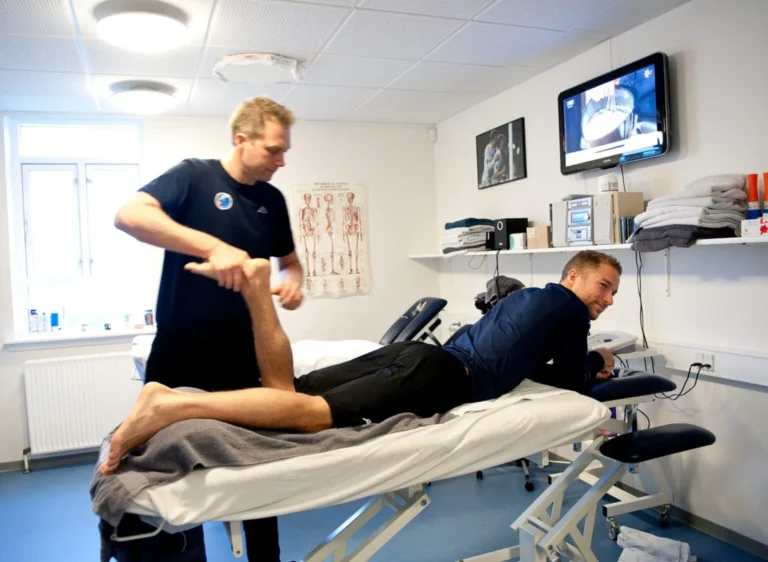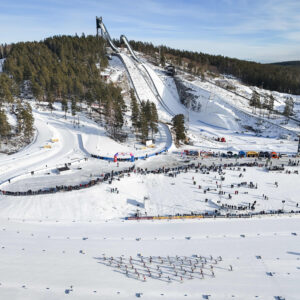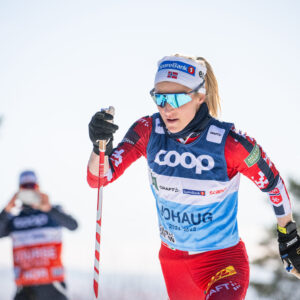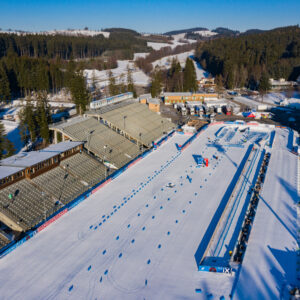How should you hydrate during races and training?
Hydration during races and training has changed significantly in recent years, according to Ski Classics Legend Emil Persson.
Hydrate During Races – Modern Equipment Has Changed Habits
Skiing equipment has evolved considerably, and Persson explains to Maastohiihto.com that hydration gear has also advanced and is frequently tested.
In Ski Classics races, athletes who discard sports gel wrappers in nature may receive a 15-minute time penalty added to their final result.
“There are designated waste zones, usually located immediately after aid stations,” says Bosse Ybe, a representative of Coxa, a company that manufactures hydration products for skiers.
Skiing has thus adopted some practices from cycling, where penalties can also be imposed for violating littering regulations.
“Using gels should start early, preferably within the first 30 minutes of the race. After that, I refuel at appropriate points.”
Nowadays, most elite skiers use hydration belts with a tube and nozzle. Most hydration belts can hold over a liter of liquid, but Persson rarely fills his completely.
“I usually ski with 700 milliliters and swap the belt at least once during the race because it fits better when it’s not entirely full. Normally, I drink about 1.5–2 liters from the hydration belt in a long race.”
Also Read: Vasaloppet training tips: Who says there are no shortcuts?
Getting Your Stomach Used to It
Since carbohydrate intake during races is relatively high, it is important to prepare the stomach in advance.
“We consume around 120 grams of carbohydrates per hour. To ensure our bodies can handle the sugar in gels, we must train our stomachs. That’s why we use sports drinks and gels during training. During Lager 157’s long training sessions, we also try to drink as we would in a race. Before the season starts, we do this about once a month”, Persson explains.
When Persson first started long-distance skiing, most athletes used hydration belts with separate bottles. Now, nearly all top skiers use tube belts, where the tube is attached to the front, making drinking through the nozzle easier.
The way athletes carry gels during races has also evolved.
“Small, soft gel bottles are the latest innovation and have become very popular,” says Bosse Ybe from Coxa, showing two small bottles that attach to the body with Velcro, usually on the thigh.
“If you happen to drop one of these, it is not considered littering but rather loss of equipment. Also, you generally need only two bottles to carry the required amount of gel,” he says.
Each soft bottle can hold three gels, which are typically 30–35 milliliters each. The bottles cost about 12 euros each and come in different colors so that skiers remember which one they have already used and which is still full.
Modern Equipment Makes Hydration Effortless
Modern hydration belts have features that make drinking during races easier.
“Once the liquid is sucked up, pressure is maintained. This way, you get a drink the next time you sip without having to draw the liquid all the way up the tube”, Bosse Ybe explains.
“If the nozzle is turned downward, the liquid does not spill. It might leak slightly if pressed against the stomach, but overall, it remains sealed.”
A tube belt with such a nozzle currently costs around 123 euros and holds up to 1.2 liters of liquid. This belt, called WR1 Race, has an inner pocket and an external waste net, where wrappers can be stored instead of being discarded in nature.
A Backpack for Birken
Various manufacturers produce backpacks designed for Birkebeinerrennet, which skiers must carry according to race regulations.
According to Bosse Ybe, Coxa’s R3 Race is their official Birken backpack. It features a nozzle and ample space for liquid, with the weight distributed around the waist.
“With the tube, it can hold two liters of liquid. Additionally, the backpack has space for gear and clothing weighing 3–4 kilograms,” Bosse Ybe states.
These backpacks cost around 150 euros. Other companies, such as Silva, USWE, and Camelbak, produce similar products.
This article was originally published on our site last autumn and has been updated today.
Are you interested in long-distance skiing? Click HERE and read more about it.










